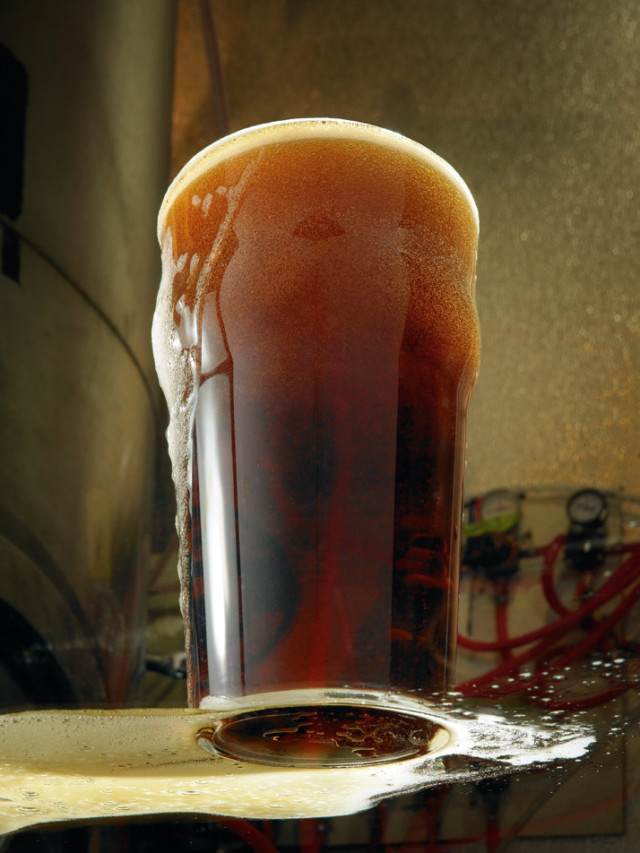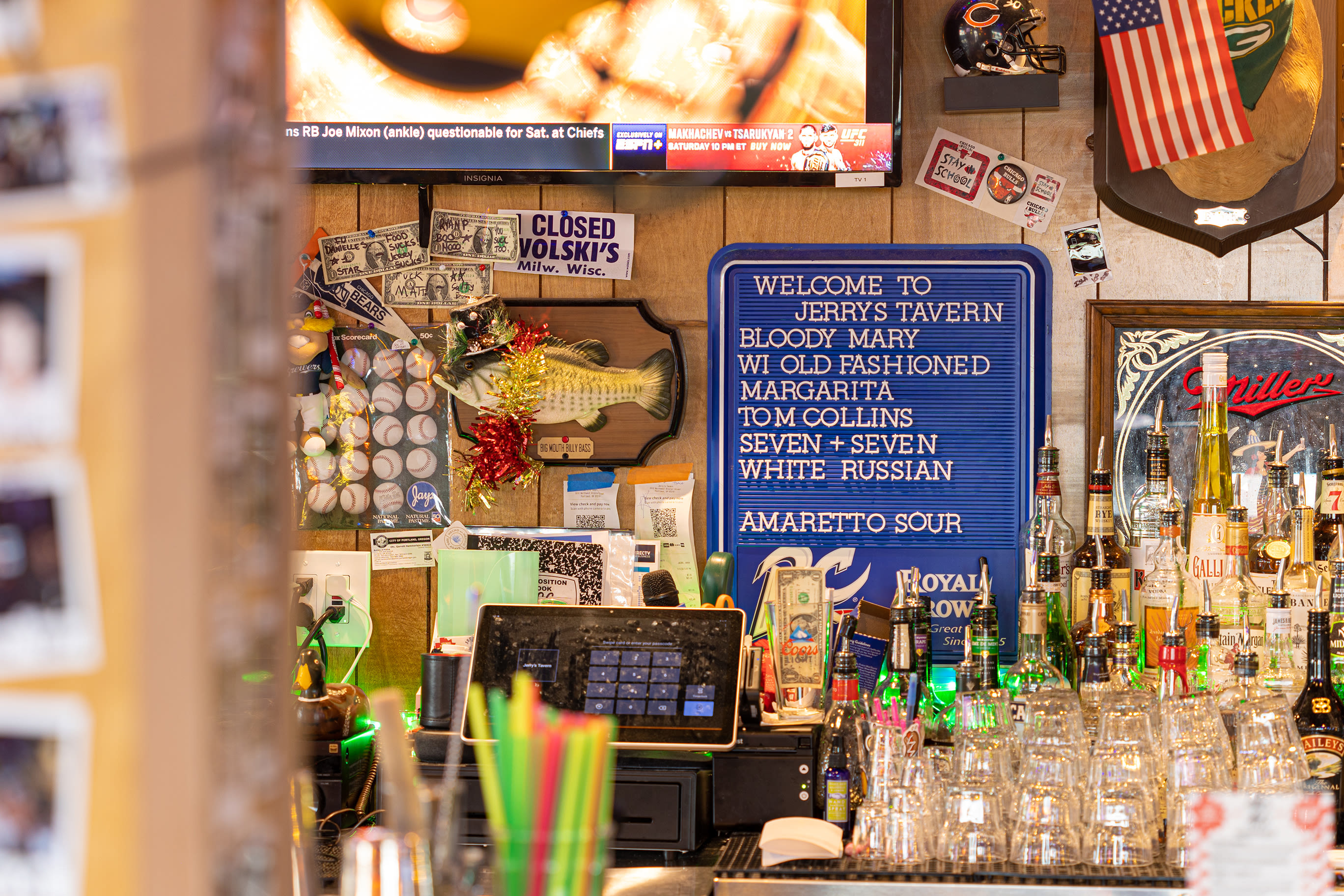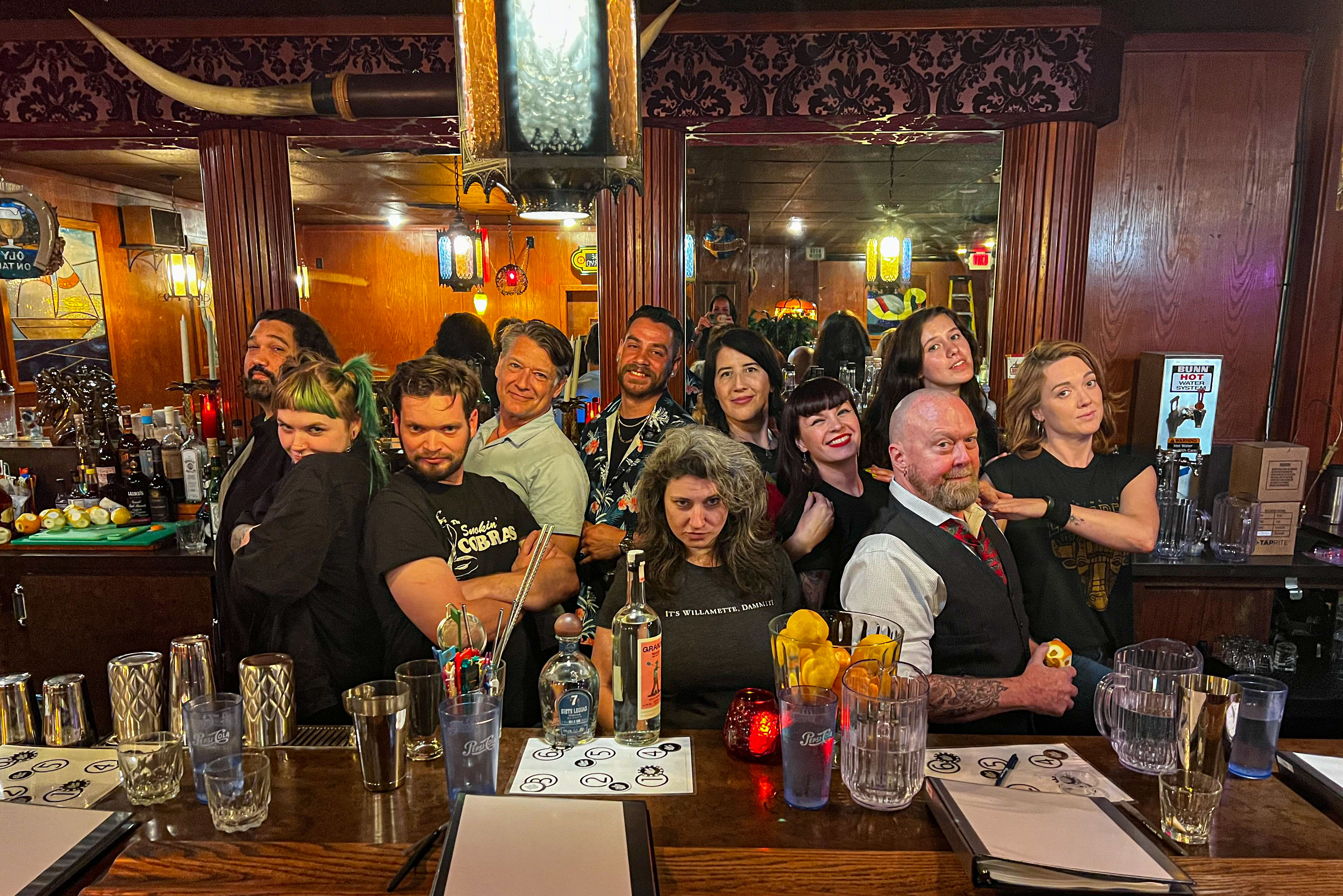Belgian Bliss

Lucky Lab’s “Malt Bomb”
Have you ever marveled over a goblet of Belgian Trappist ale—with its elegantly painted label and heavenly, perfumed head—and wondered what exactly those monks have up their baggy sleeves that makes the beer so damned good? It’s not the fear of God, it turns out; it’s the yeast. The wild strains of airborne microorganisms indigenous to the Belgian countryside waft in through the abbey windows and settle (surely, by His will) upon the soggy grains in open-topped fermenters, where they spontaneously bring forth the most silken, divinely aromatic beers on earth.
For the third year, Providence has once again brought one of these rare strains (the Ingelmunster Ale yeast) to Portland, where it is fermenting in brewers’ tanks across town as they prepare to compete for sudsy glory at the annual Portland’s Cheers to Belgian Beers (May 1–2 at the Lucky Lab Beer Hall on NW Quimby Street).
At this quasi-academic beer summit, brewmasters from across the city—and for the first time, from across the state—present beers all made with the same strain of Belgian yeast, to be compared and judged by Stumptown’s famously thirsty, beer-savvy crowd. The brewers order their strains by phone or online from Wyeast Laboratories Inc, a producer of beer yeasts in Odell. The winning brewmaster receives the honor of choosing the yeast to use next year and picking which charity will receive the proceeds; plus, the winner will host next year’s event in his or her pub. (There’ll also be a home-brew contest.) At last year’s event, held at the Roots Organic Brewing Company on SE Seventh Avenue, eighteen local breweries presented a wide range of beers, from golden pales to dark, nutty browns, with roughly two hundred tasters voting the Lucky Lab’s “Malt Bomb” (brewed by Abby Sherril) as winner.
This year, up to thirty Oregon breweries will pour their expressions of the Ingelmunster Ale yeast, a “fruity, phenolic yeast that smells, well, just incredible,” says Lucky Lab brewer Ben Flerchinger, who is closely guarding his high-alcohol pale-ale entry. “Belgians use orange peel, coriander, and other fruits and spices in their beer, so there’s always an interesting variety of tastes.”
In years past, Belgian entries have shown up on tap in the weeks leading up to the event, but this year brewers are supposed to hold back their beers until the May event. Yet word has it that some brewpubs, because of limited tank and keg space, may begin pouring them this month. Like the wild wind-borne yeasts that made them, such glories have a way of getting around.




